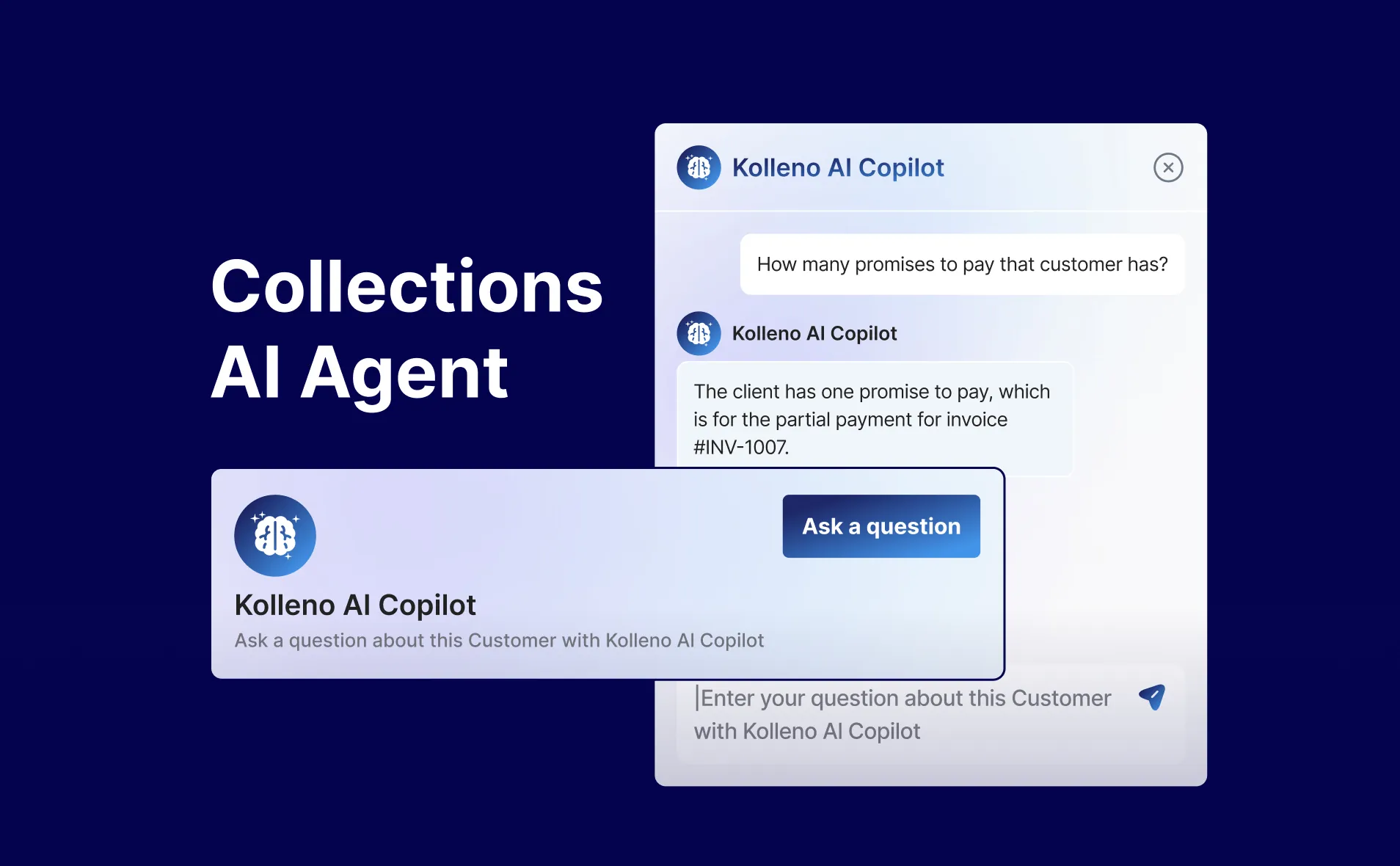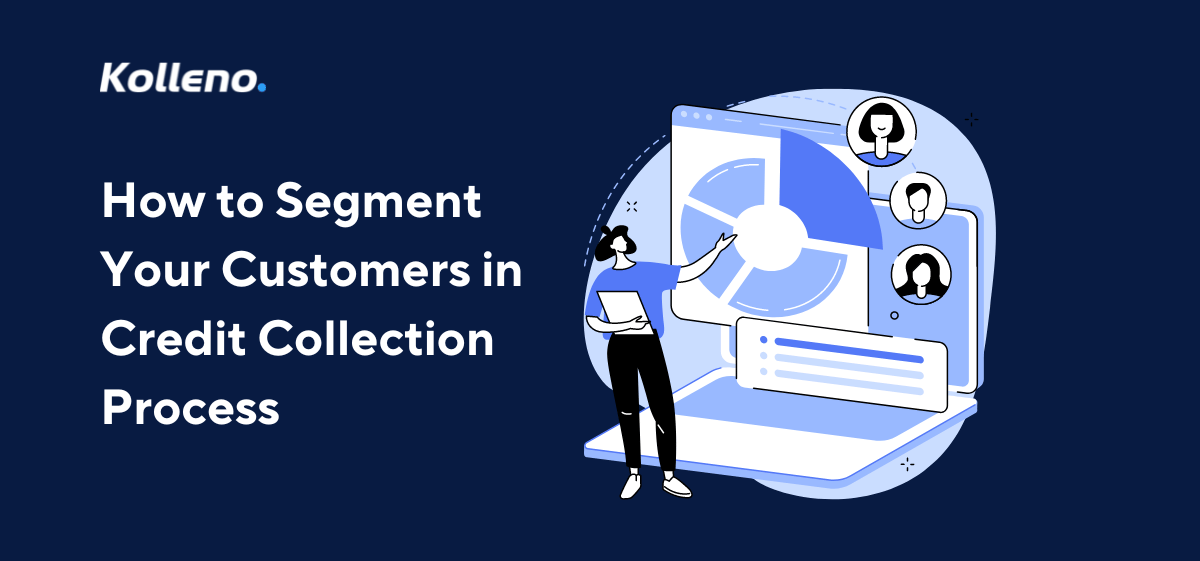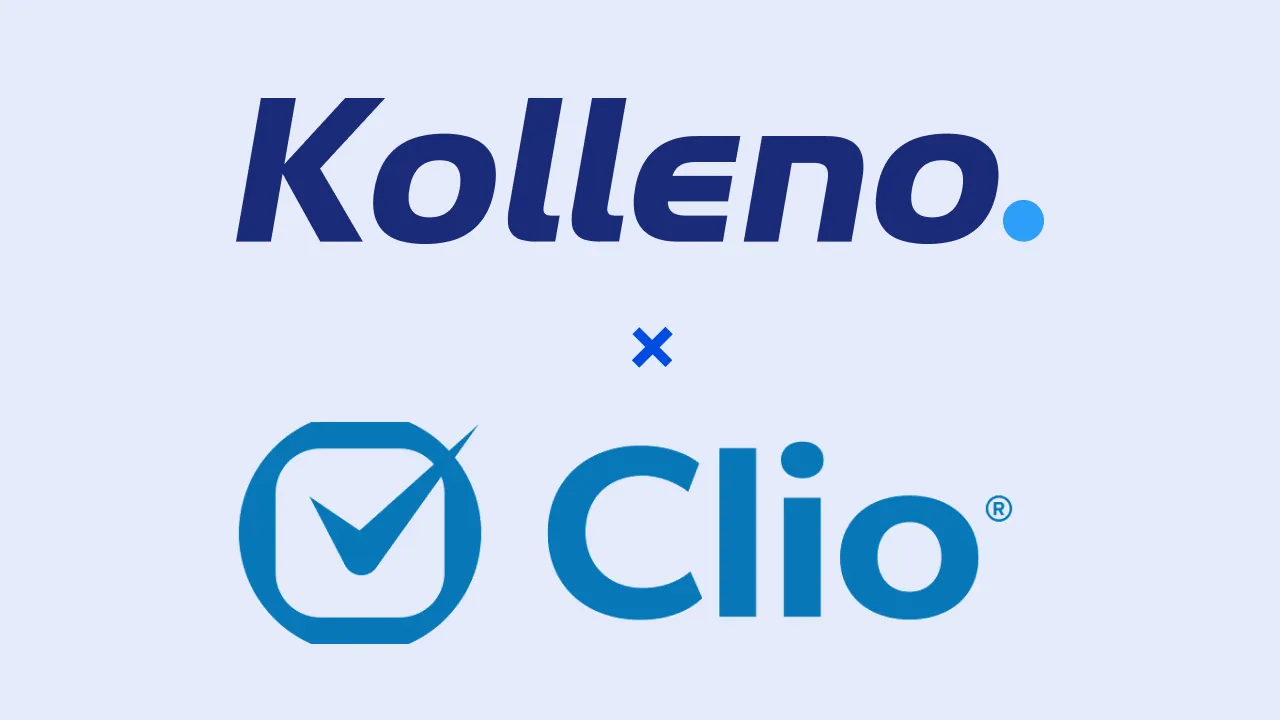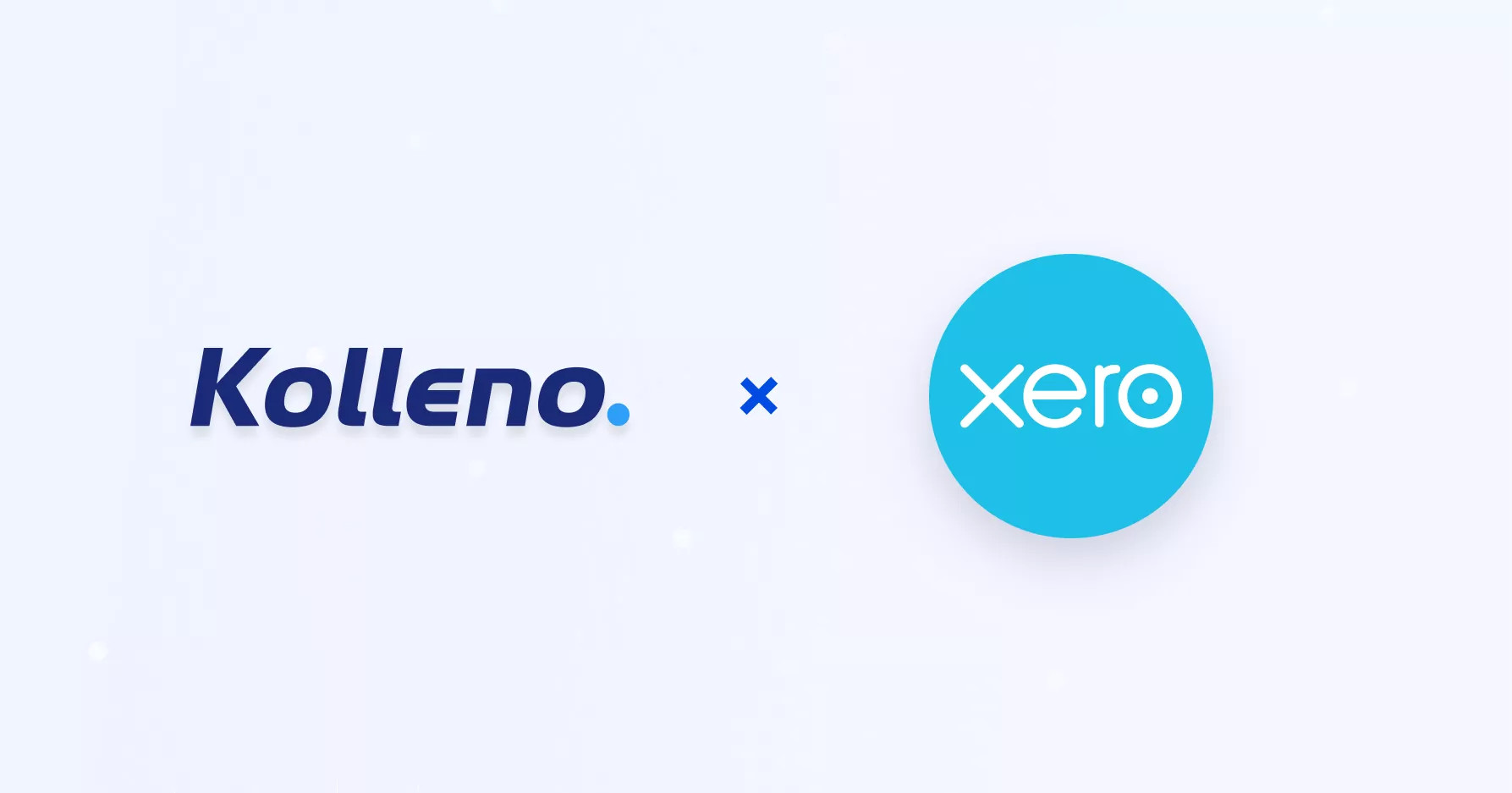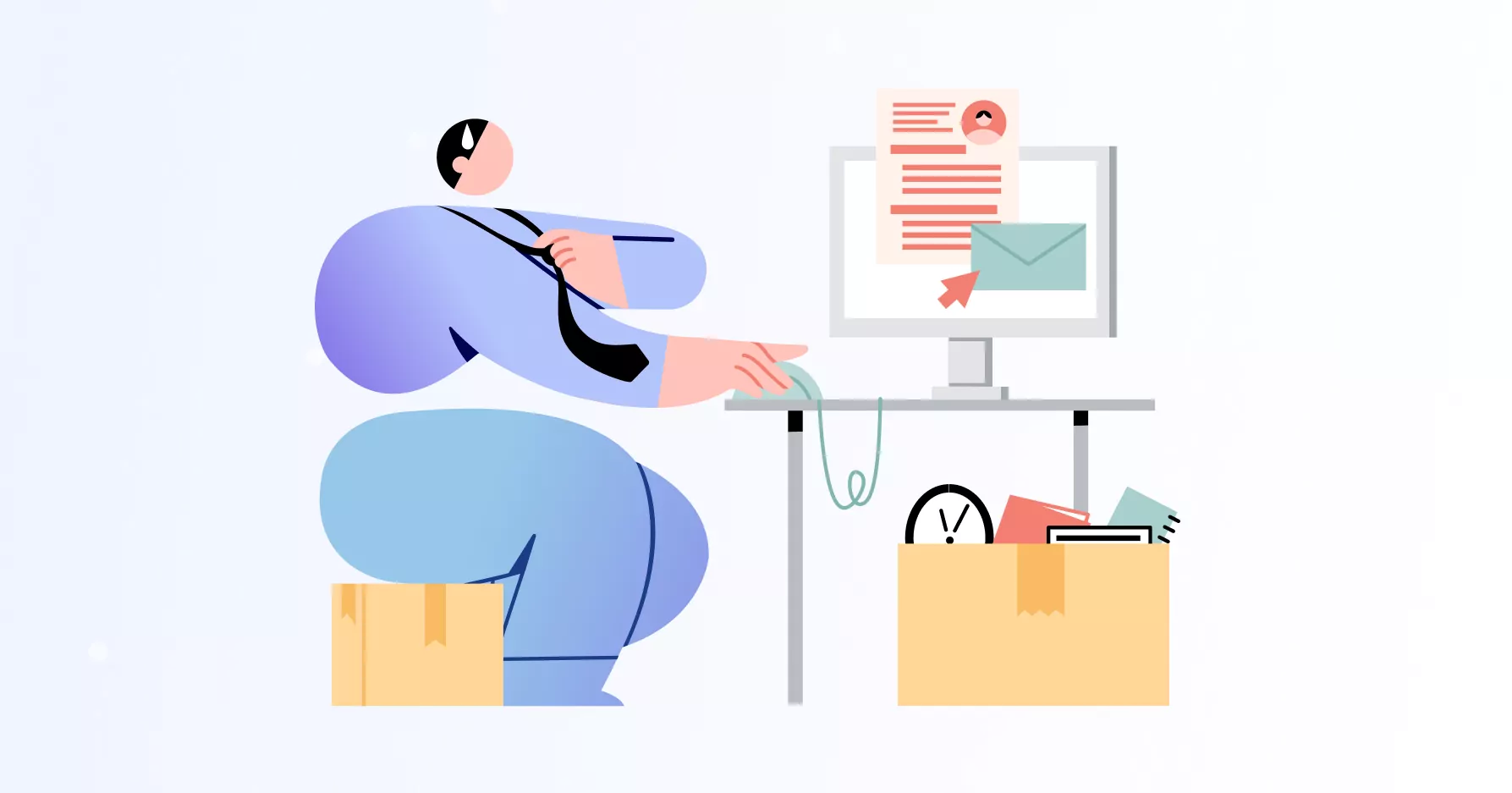Effective communication with clients is a crucial component of the credit collection process. However, before initiating any form of communication it’s vital to categorise your clients into distinct segments, or what we call “portfolios” here at Kolleno. This segmentation enables you to efficiently allocate your resources, enhance your cash flow, and reduce outstanding debts.
In this blog, we will delve into the importance of customer segmentation and explore various approaches to creating these groups. This includes setting collection priorities, creating a structured communication timeline, involving relevant stakeholders in the process, and proactively addressing challenges and inquiries to enhance overall effectiveness.
“It is critical to remember not all your clients are the same and therefore should not be dealt with and communicated with in the same way.”
Why is customer segmentation beneficial?
Segmenting your clients simplifies the collection process, which, in turn, enhances cash flow and reduces outstanding debts.
It offers clarity on which clients require immediate attention and guides resource allocation, ultimately boosting collections while nurturing strong customer relationships, thereby promoting long-term improvement.
What criteria is relevant in customer segmentation?
There are four main criterias to consider when segmenting your clients into groups: ageing or overdue status, debt size, and historic customer behaviour.
Segmentation by Ageing Status
Start by categorising your accounts based on their ageing, typically into groups like 1-30 days, 31-60 days, 61-90 days, and 90+ days overdue, although these categories can vary depending on your payment terms.
Once you’ve classified your accounts by their overdue status, you can allocate your efforts accordingly. For instance, consider dedicating more resources to collecting accounts in the 90-day category, which are at the highest risk of turning into bad debts, or focus on accounts in the 30-day category to prevent them from ageing further.
Segmentation by Identifying the Largest Debtors
In order to effectively prioritise your accounts receivable collection efforts, a vital step is to identify the largest debtors within each category, as these customers are the ones with substantial outstanding debts that can significantly affect your cash flow.
To accomplish this, you can utilise the accounts receivable ageing report, which allows you to identify those customers who owe the most substantial sums to your business.
This analysis will enable you to focus your collection strategies on the accounts with the highest financial impact.
“Prioritising your largest debtors doesn’t entail neglecting smaller debts; every account, irrespective of the owed amount, should be pursued, but by prioritising the largest debts, you allocate resources more effectively.”
Segmentation by Customer Behaviour
Consider both past and present customer behaviour, focusing on payment history, communication history, and disputed invoices. This analysis helps identify prompt payers versus those needing additional follow-up. Customer behaviour may change, so regular review and ongoing assessment is crucial.
• Payment History: Evaluate whether customers consistently pay on time or have a history of late payments.
• Communication History: Assess if customers are transparent and communicative about invoice issues or tend to avoid communication.
• Disputed Invoices: Take note of any past or present disputes regarding invoices.
• Regular Review: Recognise that customer behaviour can evolve over time, necessitating ongoing assessment for effective collections.
Client Types and Strategies Overview
Tailoring your approach to different clients is essential for effective accounts receivable management. And although everyone’s clients are different, there are a few common archetypes:
Small Corporate:
Description: Headcount 1-20 employees, adheres to contract terms, owner/founder or dedicated AP personnel for account payables, simple payment process.
Strategy: Initiate follow-up process before the invoice is due and utilise all communication channels for contact, including email and phone calls.
Medium Corporate:
Description: Headcount 20-100 employees, mostly adheres to contract terms, dedicated AP personnel for account payables, simple payment process.
Strategy: Initiate follow-up process before the invoice is due and primarily utilise email and phone calls for communication.
Large Corporate:
Description: Headcount 100+ employees, has its own payment run dates, dedicated AP team for account payables, payment process can be complicated, including a specified invoice portal.
Strategy: Initiate follow-up process before the invoice is due, relying on email and phone calls for communication, and be prepared for complex payment processes.
Government Entity:
Description: Payment terms have specific payment run dates, dedicated AP team, making it challenging to locate the right contact person, and a complicated payment process, including an invoice submission portal.
Strategy: Initiate follow-up before the invoice is due, primarily using email and phone calls, and be prepared to navigate complex payment processes and locate the right contact within the organisation.
“It’s important to understand the payment terms and processes for each type of client to ensure that you are prioritising your collection efforts effectively. In some cases, it may be necessary to establish different collection strategies for different types of clients.”
Compliant vs. Critical Clients
Another distinct categorisation can be compliant vs. critical clients. This segmentation simplifies the management of client relationships, ensuring optimised resource allocation or that the right amount of time and effort is invested where it matters most.
Compliant Clients:
Reliable, long-term customers who pay invoices on time and respond well to communication. Maintain a positive relationship through clear and timely communication.
Critical Clients:
Demand extra attention due to their significant impact on cash flow and potential delinquencies. Subdivide into:
Examples of critical clients and the best approach to take is described below:
• New Customers with Overdue Invoices: Establish a strong initial relationship with gentle reminders and proactive communication.
• Existing High-Risk Customers: For high-value or large enterprises, involve Account Managers or Customer Success Managers and collaborate with the customer’s finance team.
• Customers with Aged High-Value Invoices and Potential Delinquencies: Escalate efforts, considering two levels of escalation. For disputed invoices, consult with the onboarding AM and, if necessary, engage an expert lawyer. Remain open to case resolution possibilities.
“For example, if your legacy clients who have been with you for many years and always pay on time start paying slightly later, the communications you would send should be far softer than a first-time client who is late on their first invoice.”
Now, let’s take a look at an example of a client, what segment they would be put into and the approach we would take to chase them up for payment.
Client Example
They are a large enterprise client, who has been a client for over 5 years – they do not always pay on time but they do always make payment eventually. Their invoices sit in the 30-60 day ageing gap. They are very responsive to emails and always provide updates on when we can expect payment, albeit late. Their total overdue balance makes up 12% of the company overdue balance.
Client Type: Large Corporate (based on company size and complexity).
Categorising by Ageing: Place them in the 30-60 days overdue category, reflecting their payment patterns.
Identifying Largest Debtors: Although they don’t owe the most substantial sums individually, since they make up 12% of the company’s overdue balance, it’s essential to ensure they remain on top of your priority list.
Analysing Customer Behaviour (Payment History): Acknowledge their occasional late payments and account for this in your communication.
Analysing Customer Behaviour (Communication History): Leverage their responsiveness to emails, but gently remind them of the importance of timely payment.
Analysing Customer Behaviour (Disputed Invoices): Since they don’t dispute invoices, you won’t need to escalate to higher levels.
Strategy: Initiate the follow-up process when their invoices reach the 30-day mark, relying on email communication. Given their responsiveness, this is the most effective channel. Stress the importance of timeliness in communication, and use a firm yet understanding tone. While they may not be the largest debtors individually, prioritise them due to their cumulative impact on the overdue balance.
This strategy balances their importance to your cash flow with their long-standing relationship and responsiveness, aiming to maintain a positive client relationship while improving timely payments.
Conclusion
The overarching objective is to allocate resources effectively, ensuring that clients who require the most attention and impact cash flow the most receive the necessary focus. This strategic approach leads to improved cash flow management and a more significant return on investment. Once you have split up your clients into their respective groups, you can then go and start creating your communication strategies, working through the messaging and cadence of the communication sequences.
There is no right or wrong way to segment your clients as long as you stick to a general framework it will aid in achieving your collection goals with the highest ROI for the resources allocated.
